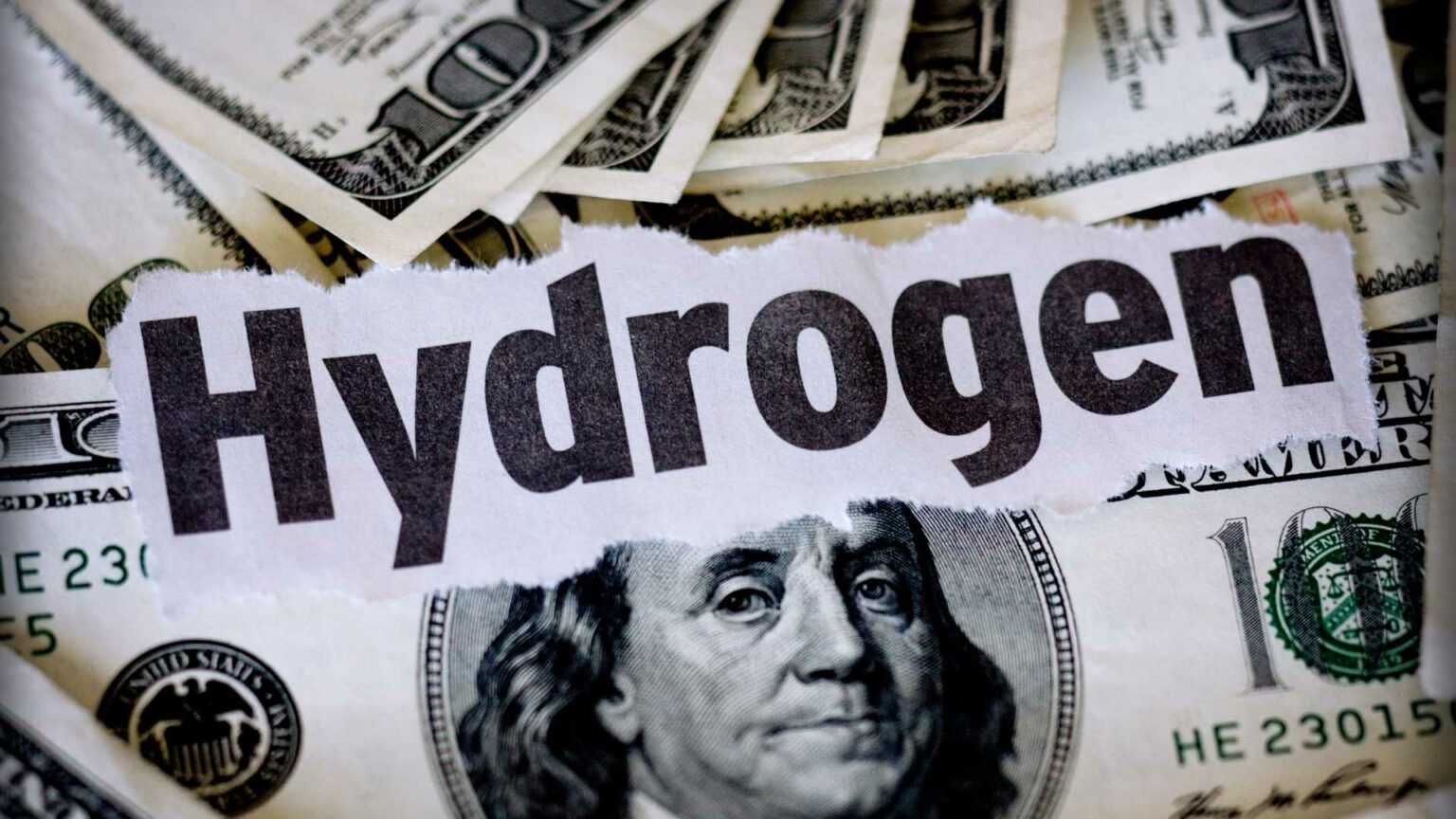With North American hydrogen project development facing rising capital intensity and inconsistent policy clarity, Charbone Hydrogen Corporation’s announcement of a US$50 million non-binding construction capital facility appears, at first glance, to be a strategic step toward advancing its infrastructure pipeline. But as investor optimism briefly lifted Charbone’s stock by 18.2%, questions remain over whether this term sheet will translate into scalable deployment or stall amid execution and financing constraints.
The six-month term sheet, signed with an unnamed international renewable energy infrastructure fund manager, is intended to bolster Charbone’s deployment strategy across its green hydrogen production and distribution footprint in North America. While the amount signals confidence in the sector’s capital requirements—typical small-scale green hydrogen projects can require upwards of $10–20 million per site—the non-binding nature of the agreement tempers its certainty. Without disclosed milestones, interest terms, or drawdown conditions, the market is left to speculate on the likelihood of conversion into actual capital.
Charbone markets itself as the only publicly traded pure-play green hydrogen company in North America. That status carries both opportunity and risk. The company occupies a niche position, yet it faces the dual challenge of proving commercial viability and scaling amid fierce competition from better-capitalized industrial players. Unlike industrial conglomerates such as Air Liquide, Linde, or Plug Power—who often operate with integrated electrolyzer manufacturing, offtake agreements, and government partnerships—Charbone’s current portfolio remains nascent, with no large-scale plants in operation as of early 2025.
The market’s reaction to the announcement—reflected in the brief double-digit intraday stock rise—may be driven more by sentiment than fundamentals. In 2023 and 2024, similar announcements across the hydrogen sector were often met with initial enthusiasm, only to be followed by muted delivery. The sector remains capital-intensive and exposed to interest rate volatility; this makes construction finance essential, but also a risk if timelines slip or cost overruns emerge. Data from BloombergNEF shows that less than 10% of announced green hydrogen projects globally have reached final investment decision (FID), with financing and permitting as top barriers.
Charbone’s emphasis on blending this construction capital with “other sources of financing” highlights another key issue: the fragmentation of hydrogen project funding. Without a consolidated capital stack—including equity, grants, and long-term offtake commitments—access to construction finance alone may not be enough to move projects from design to commissioning. Moreover, the six-month term window suggests a narrow timeframe in which the company must demonstrate progress, likely under scrutiny from both investors and financiers.
From a market positioning standpoint, Charbone’s strategy hinges on building smaller-scale modular plants to serve local markets in Canada and the U.S.—a deviation from the megaproject approach seen in Europe, Australia, and the Middle East. This could allow for faster deployment and lower capex per site, but it also risks underutilization if offtake demand remains insufficient or delayed. Without clear announcements on committed buyers, power purchase agreements, or electrolyzer suppliers, investors are left with limited visibility into the company’s operational maturity.
The agreement does signal that institutional capital is still cautiously exploring exposure to green hydrogen, particularly in North America, where regulatory frameworks—such as the U.S. Inflation Reduction Act’s 45V hydrogen production tax credit—could improve project economics. However, even those credits remain under regulatory interpretation, and Canada’s support programs are still evolving, leading to uncertain bankability for many early-stage ventures.
For Charbone, the next six months will serve as a litmus test—not only of its ability to convert the term sheet into usable capital, but also of whether its distributed production model can attract firm offtake and technical partners at a pace that outmatches the sector’s average time-to-market.





